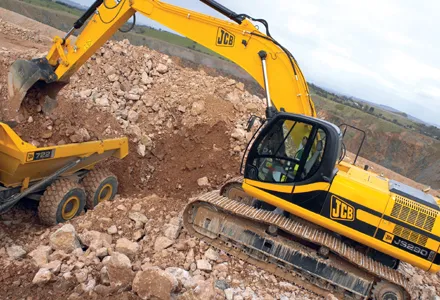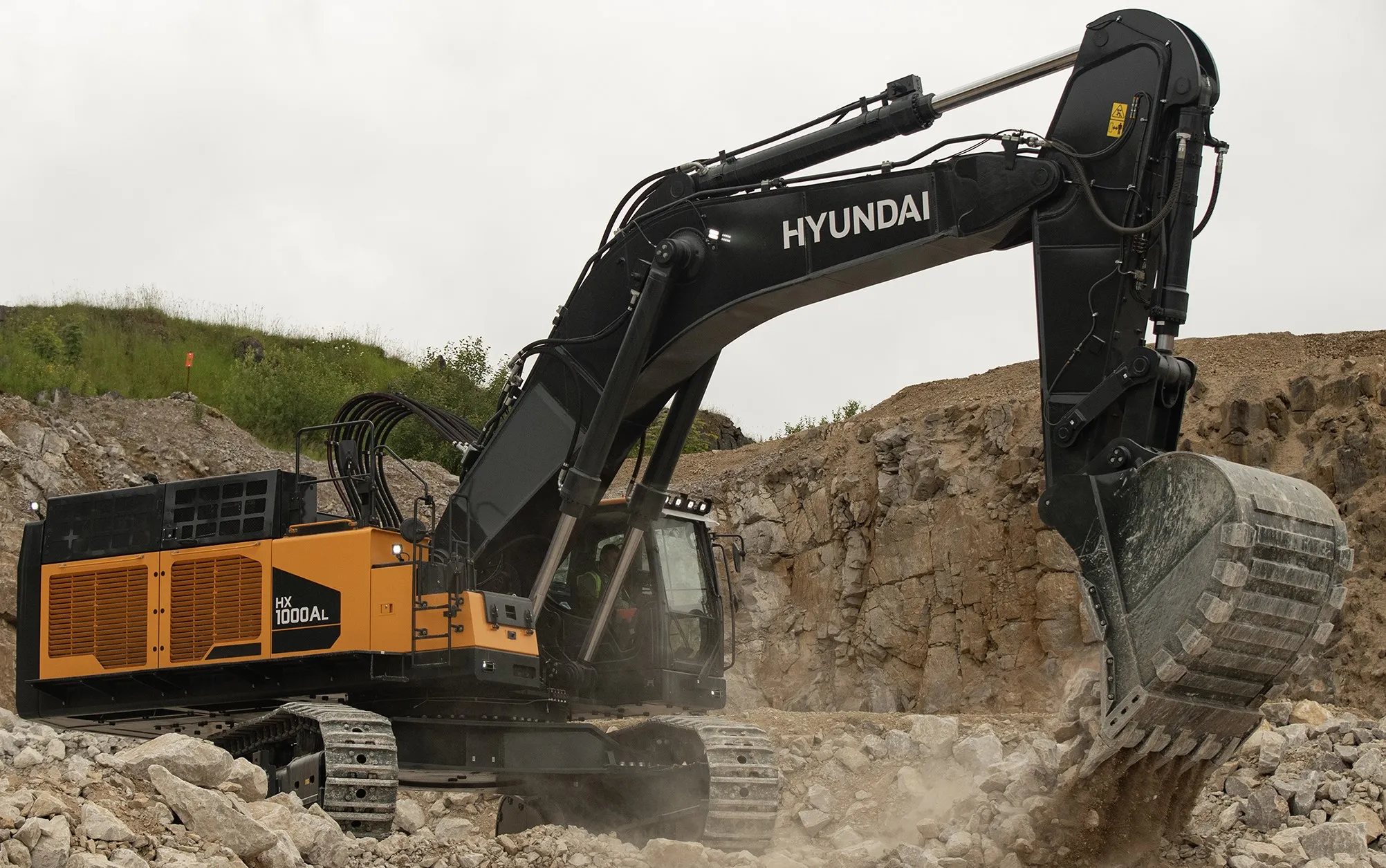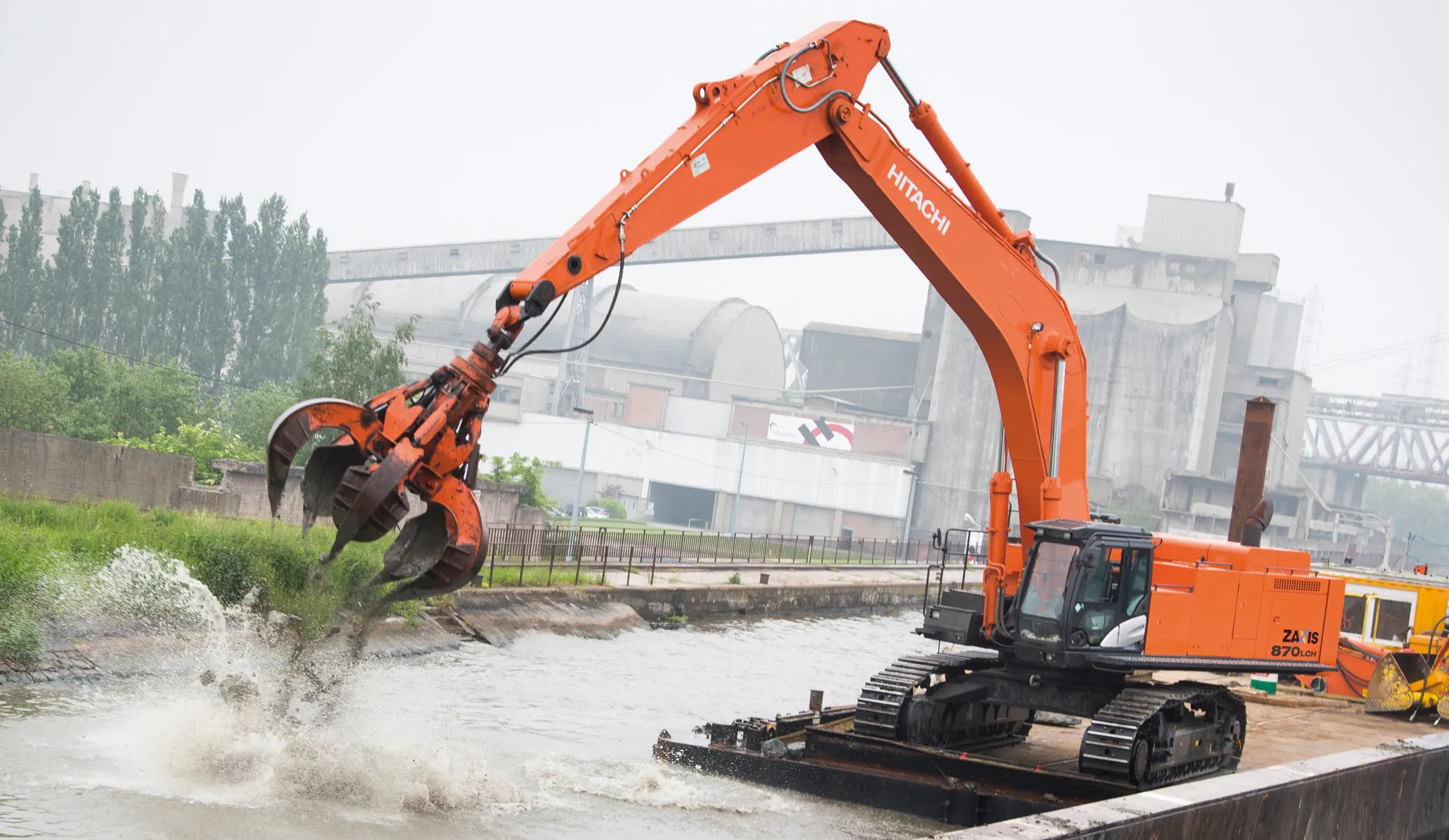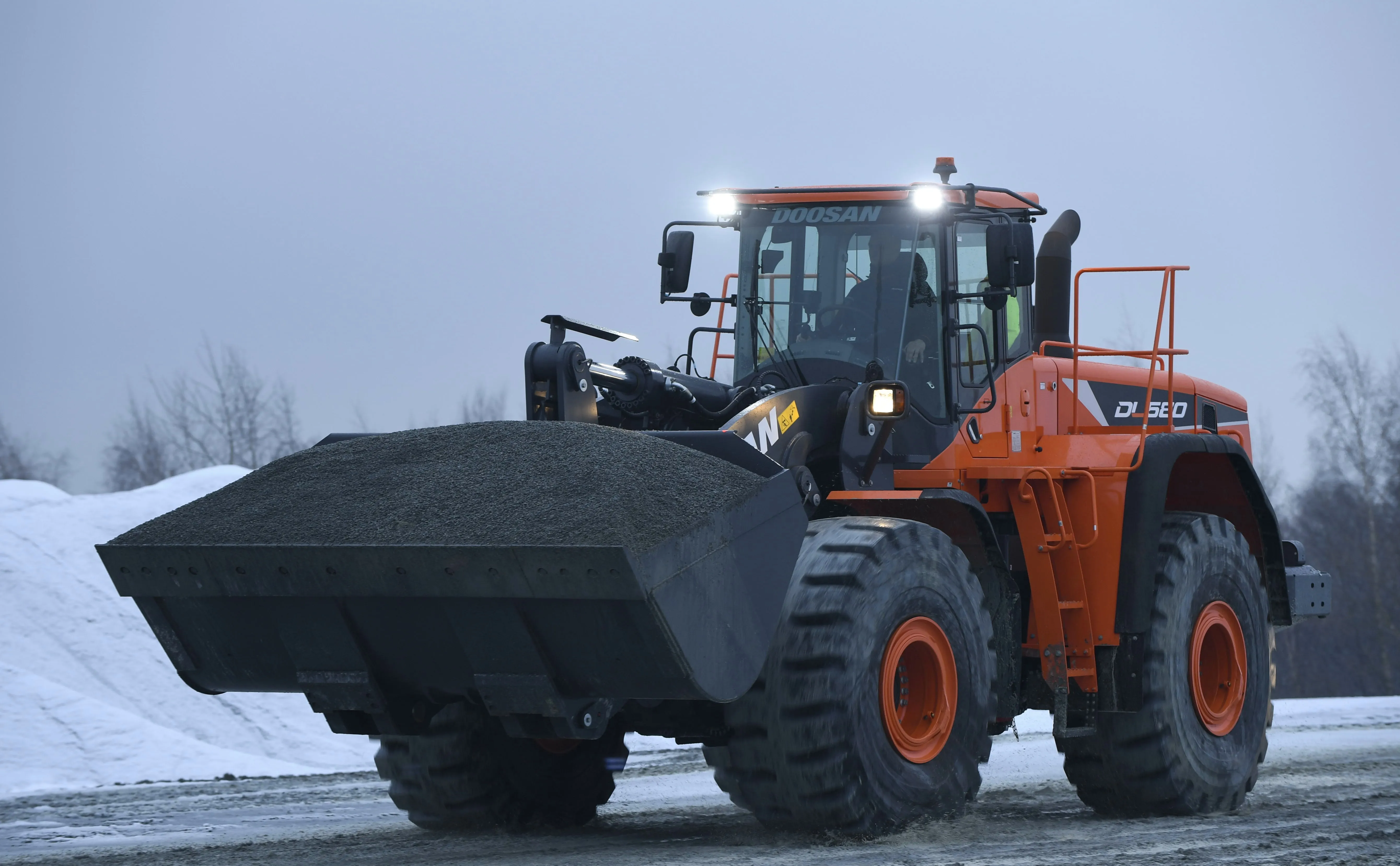JCB is strengthening its range of JS Auto tracked excavators for the Russian and CIS markets with the addition of the 29tonne JS290. Unveiled at CONEXPO Russia, the new machine is based on the undercarriage components and upper structure of the larger JS330. The JS290 is powered by the same six-cylinder EU Stage 3A compliant diesel engine and it bridges the gap between the S260 Auto and JS330 Auto in the existing line up. JCB says that by using this large capacity 7.8litre engine, the JS290 offers an unstre
March 7, 2012
Read time: 2 mins

Unveiled at
JCB says that by using this large capacity 7.8litre engine, the JS290 offers an unstressed 161kW of output.
Engine oil change intervals are set at 500 hours and the JS290, like all JS Auto machines, utilises a Plexus hydraulic filter that allows 5,000 hour hydraulic oil change intervals, reducing downtime and ownership costs.
The engine and hydraulic system are controlled by JCB's proven Advanced Management System (AMS) which offers a choice of four working modes, allowing the operator to choose the exact power and hydraulic output that is needed for each task, reducing fuel consumption and increasing productivity, says JCB.
The machine is equipped with a newly designed 6.2m main boom and a choice of three dipper arm lengths. The boom features a deeper cross section around the ram mounting for additional strength. Boom and arm pins require greasing only every 1,000 hours, further reducing service and maintenance times.
All filters are remote-mounted in a centralised service point, which is easily reached from ground level.
The operator benefits from the proven JCB JS Auto cab which now features a high backed suspension seat for additional comfort. Major functions are controlled and monitored through the AMS console, with secondary switches mounted within easy reach of the operator.









